As my first blog post explains, I’ve been a member of Caloola Ski Club since birth. Inheriting this membership from my mother, who inherited it from her parents; Caloola is close to my heart as a place that feels like home and carries memories from multiple generations of my family.
That said, until now, those memories – the history of Caloola – remained a mystery to me. I’d heard theories on the meaning of the name (“it’s an Indigenous word meaning ‘high place’”), who designed the logo (“it was Noni’s daughter Louise – no, it was the architect Keith!”), and even when the club was established (“1963, that’s what the plaque on the front door says”). But none of these theories seemed to align, because in the more than fifty years since Caloola’s establishment, little to no efforts have been made to formally preserve its history.
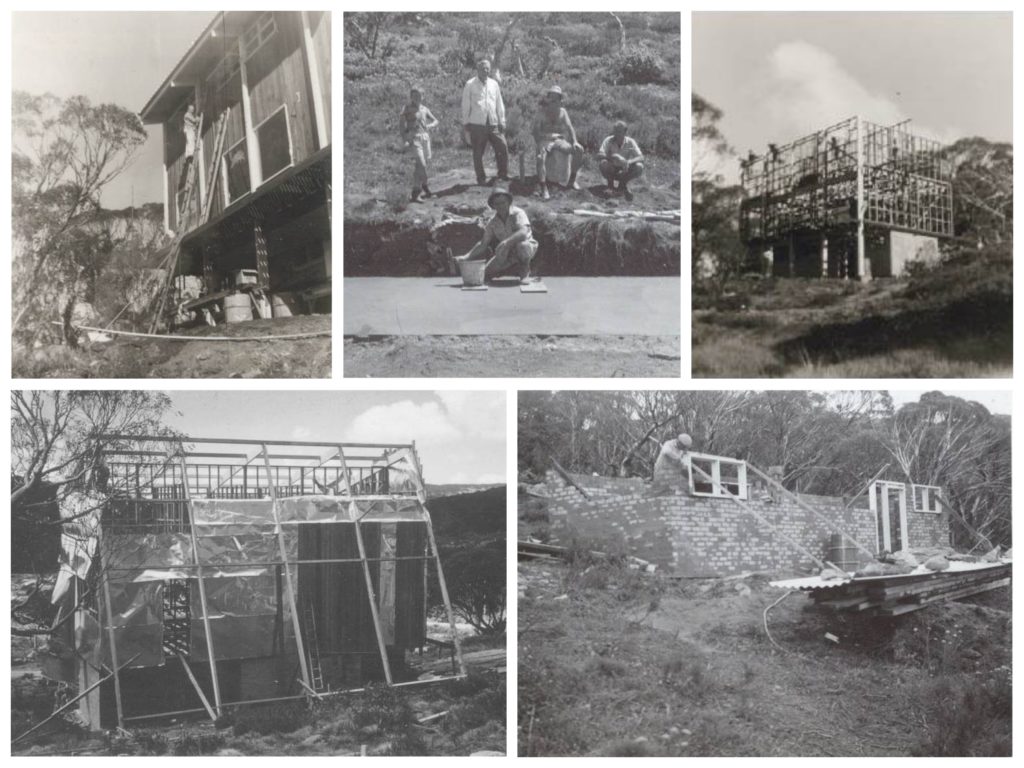
As a member of the club, I have a responsibility to maintain it, and I’ve done so at many summer work parties – helping to repaint, refresh and otherwise repair the lodge. But in embarking upon this project, I reconsidered my idea of club maintenance; and realised that by putting together a history of the club, I can preserve its memory and legacy.
Diving into Caloola’s history has been invigorating and rewarding, but it hasn’t been free of challenges. I certainly underestimated the difficulty of piecing together a history that has never before been written. Being such a small club, with only 80-odd members, it’s not the sort of thing you can find at a local library, or a state library, or the digitised National Archives, or even via a well-placed Google search.
To find the information I did, I talked to foundational members, current Board members, scoured old documents like shares records and rulebooks. In addition to the primary sources I utilised, I also relied heavily on the work of the Perisher Historical Society, who are the main keepers of the history of the Mountains and its inhabitants. Eventually, I pieced together enough of the puzzle to create a basic history. It isn’t super-in-depth, because that would take many more months than I had; but it is a history that has never been recorded before, and for that I’m pretty proud.
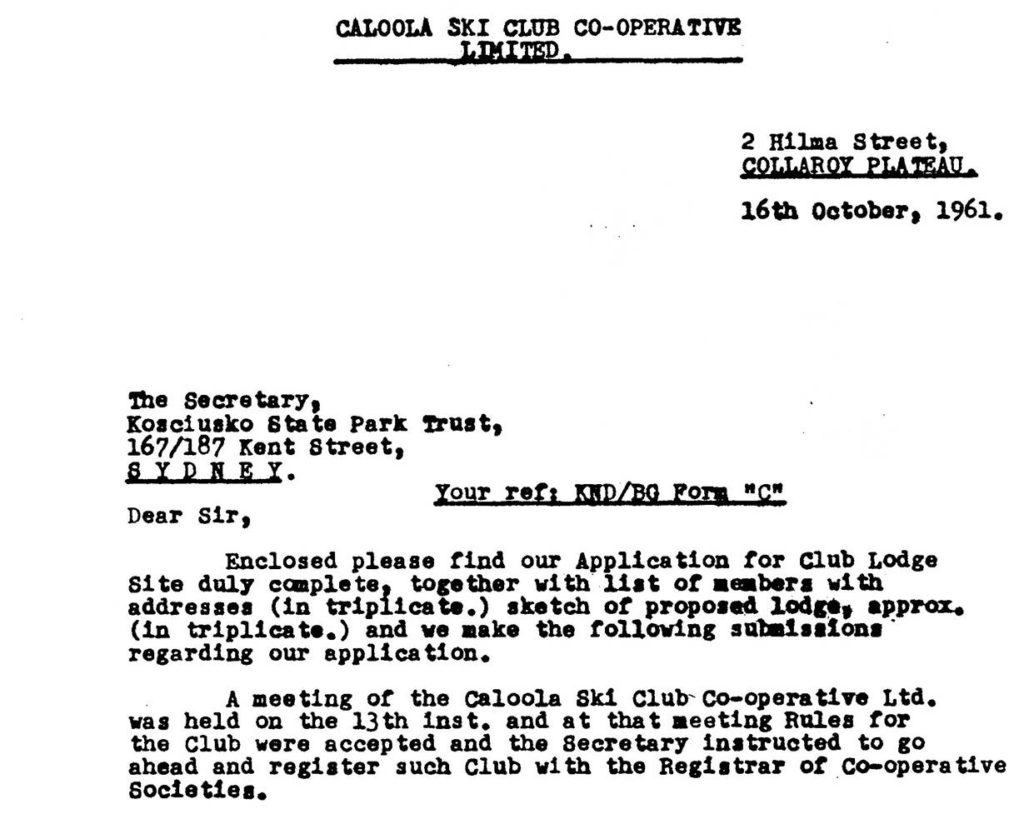
An excerpt of Caloola’s application to the Kosciuszko State Park Trust 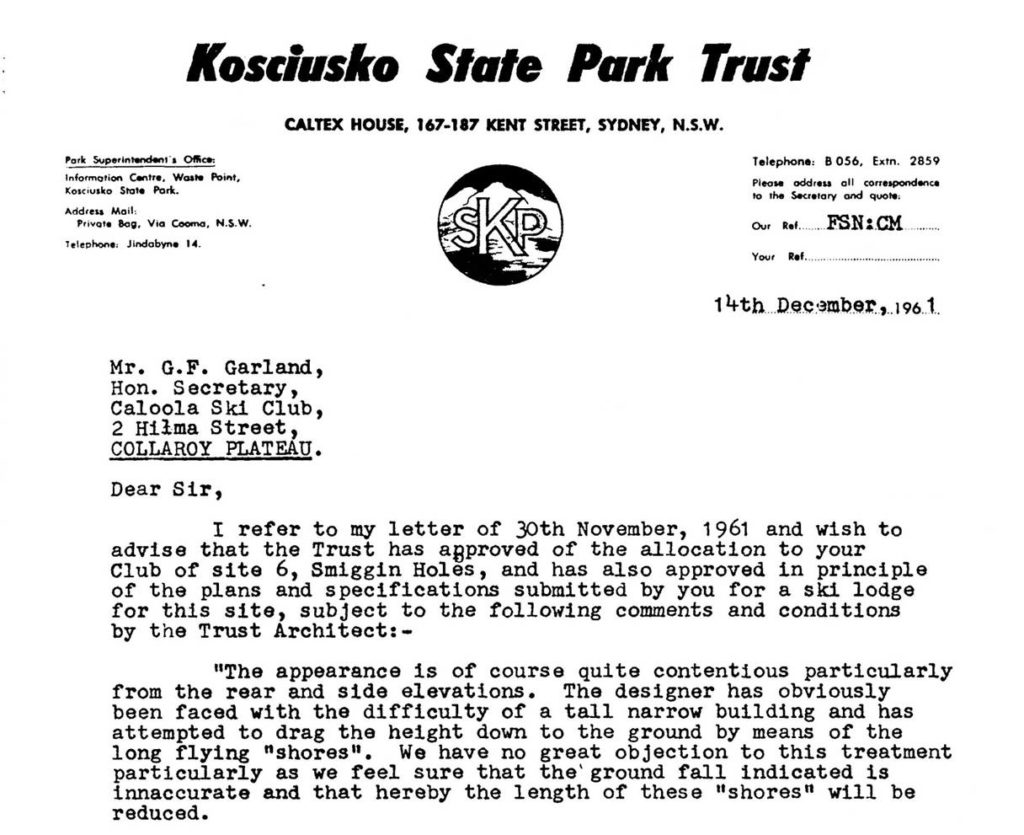
An excerpt of the Trust’s reply
The project took shape in the form of a new website, designed with the Caloola membership in mind as the primary audience. I tried to be informative yet concise and incorporated a lot of imagery to intrigue the audience. I considered the things that I, as a member, have long been fascinated by: who created what, and when, and why.
The website is broken up into sections. The “About” section takes the reader to pages exploring the history of Caloola, the history of Smiggin Holes (where the lodge is located), and a series of photo galleries. Additionally, there is a page exploring the Indigenous heritage of Caloola. It describes the significance of the Snowy Mountains to various Indigenous nations and explores the actual definition of Caloola’s name, which I discovered is a Dharug word (the language of the Wiradjuri nation) that can be interpreted both as “to climb” or “an old battlefield”.
The “Resources” section of the website is currently used for making important documents easily accessible to members. This allows for the necessary information – like booking forms and the current rulebook – to be easily accessed, whilst maintaining privacy for the club, which is only available for members and their friends and family to visit.
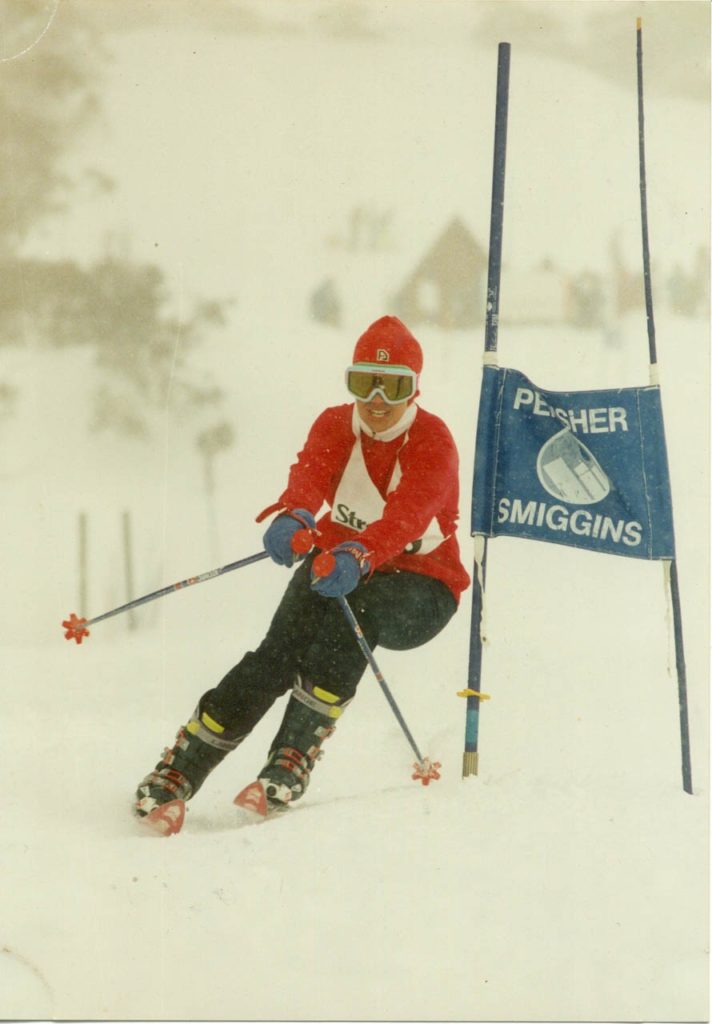
My mother, Annette Maher, representing Caloola at the Smiggins Bowl racing event 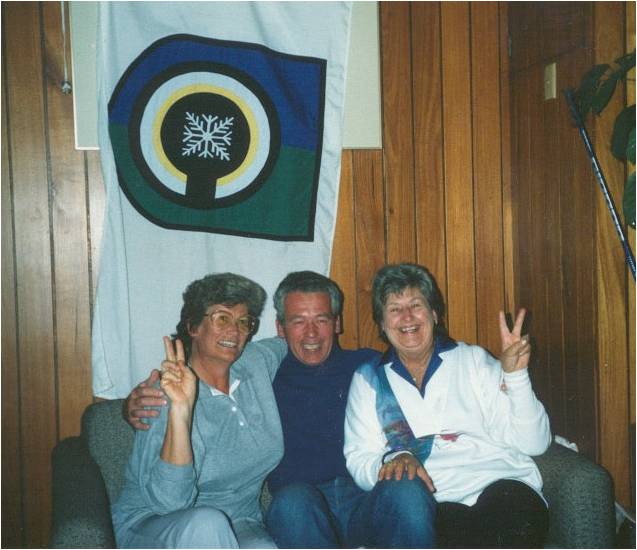
My grandparents (Laurie, left; Nandy, middle) in the lodge 
Re-roofing the lodge in the 70s 
The early design of Caloola 
Members racing in their Caloola jerseys 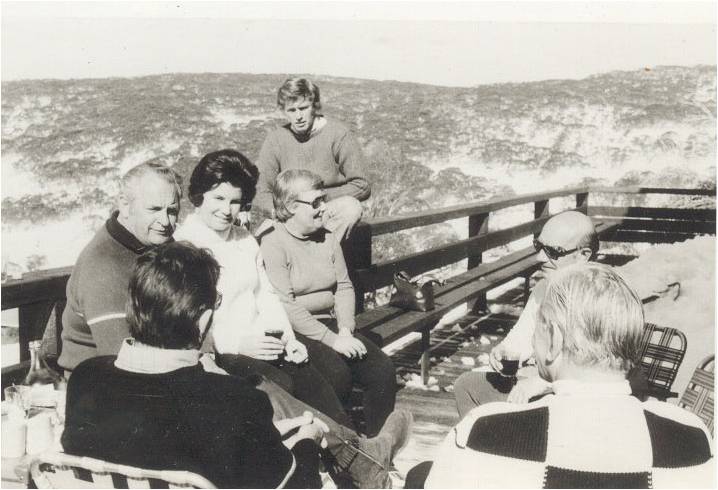
Members enjoying the winter sunshine on the deck 
L-R: My cousin, myself and my sister on our tiny skis outside Caloola
The new Caloola website is a pastiche of new and old information about a very niche history. This project has highlighted both the significance and difficulties of niche histories: the way that the smaller stories of history can be the hardest to uncover and the easiest to forget.
At times, the project was frustrating, due to the gaps in information; but I was encouraged by the support of club members. Their enthusiasm for a history of the lodge they, like me, have known and loved for the majority of their life proved to me the importance of niche histories. Grand, sweeping stories of how nations and entire cities came to be are important; but so too are the small, intimate stories of how shared interests brought together small communities such as Caloola.
Through this project I’ve learned that everyone can create history, and that is what the members of Caloola have been doing since they came together in 1961: through stories told over drinks at Christmas parties; the preservation of old documents in home filing cabinets; and the sharing of family photographs.
Now, they finally have the beginnings of a collated history; one that tells the story of a group of people who wanted to spend time with family and friends in one of Australia’s most beautiful locations. It is one that matters to the members of Caloola whose early responses to the site included statements like “I never knew that story!” or “wow, I’ve never seen those photos from that era!”. It is one that I aim to keep working at over my future years as a Caloola member.
You can discover that story below at the new Caloola website.
